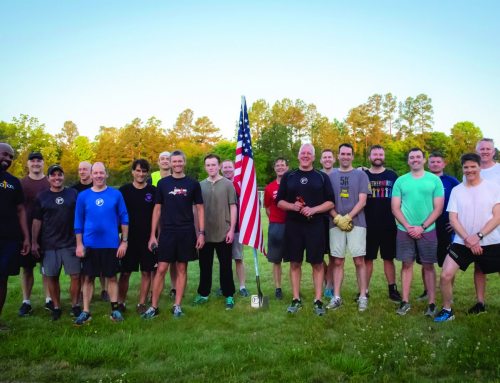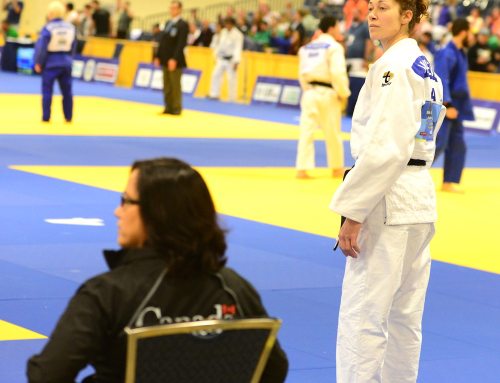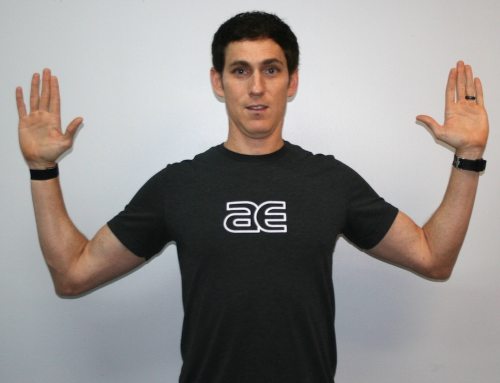By Angelina Stevens
Sometimes second place makes the biggest impression. The big hero in the Tour De France was not the winner, Chris Froome, but Nairo Quintana, a 23-year-old Colombian cyclist who wowed the world with his strength and his story. Born of peasants, Quintana’s parents saved around $30 to buy him a mountain bike to survive the treacherous nine-mile journey to and from school. He began his cycling career by entering races on this bike, with the promise to pay the entry fee with his race winnings.
Overcoming the financial struggle seemed to be the easy part of Quintana’s cycling career. South American riders have had a challenging time overcoming discrimination from competitors and the cycling world. And even with the notoriety of becoming the top young rider, the king of the mountains, and second-overall rider in the Tour De France, Quintana appeared humble and grateful, dedicating his win to his Colombian roots. This transformation from good to great inspired this month’s look at five of the common behaviors among successful athletes
Push Beyond Your Limits.
A training partner of mine attributes his success as a cyclist to being completely willing and accepting of the suffering that comes with pushing past your limits. Suffering as part of racing and training is a temporary state and allows your body to adapt and transform. Being present-focused allows you to control your breathing, reactions and thoughts while letting go of future fears and anxieties. This doesn’t mean you need to go out and destroy or injure yourself, but to safely and intentionally take your training and racing to new levels. The next layer of this is to welcome these efforts with a big smile on your face, as enjoyment is what this experience is all about!
Rest As Hard As You Train.
Your body needs abstinence from activity in order to grow, adapt and become stronger. Besides the physical demands, your body endures nervous-system fatigue, which requires relaxation and time to recover. It is important to remember that during the week prior to a race, fitness cannot be gained or lost (all of you over-trainers, pay attention!). Shorter, easy workouts, also known as active rest, can move lactic acid from the muscles and keep the body mobile and loose.
Hang Around Other Good Eggs.
Successful and happy people don’t hang around unmotivated, depressed and stressed companions, at least not for long. I hang around others whom I admire and want to be more like. Training with others or joining a group ride or swim can improve your fitness as it kickstarts the competitive drive and can push you to work out harder and longer than flying solo. Despite the initial fears and doubts about training with faster athletes, you will most likely be surprised at what you can do, and it will help you gauge where you stack up to those around you.
Keep On The Cutting Edge.
Staying on the edge of what is new and noteworthy doesn’t mean spending buckets of money on tweaky gear. It means researching and reading about training, and talking to others about what makes the biggest impact on their training and racing. Reading the blogs of other professional athletes can divulge important nuggets that can turn you on to new workouts or recovery techniques and can also inspire you when motivation gets flat. Lately, I have been on a coconut oil crusade. This oil is fast becoming the fat of choice for athletes and those wanting to lose a few pounds. The medium chain fats do not have to be processed by the liver and gall bladder so go directly to the bloodstream for quick energy. Coconut oil is also helpful for those that have reactive hypoglycemia and thyroid issues.
Create Dietary Balance And Routine.
Some of us are natural creatures of habit, while others cringe at eating the same thing for breakfast two days in a row. An easy way to create balance is stick to a healthy diet no matter what stresses may upset your normal routine. Eating small, regular, nutrient-dense meals can help you maintain fitness during times where training hours are scarce. Having control of your diet can minimize stress hormone surges from eating junk food, sugar and caffeine. Another valuable routine to take seriously is ingesting a recovery drink immediately after each race or hard effort. This is something that we all know, but few athletes actually do.
These five activities are a part of the discipline and daily routine that can allow us to be successful and prosperous in all areas of life. In the book “Good to Great,” Jim Collins writes, “Greatness is not a function of circumstance. Greatness, it turns out, is largely a matter of conscious choice, and discipline.” We regularly hear of the famous athlete or performer who achieves greatness after repeated failure, strife or disappointment. A good amount of stubbornness, hope and pure love can go further than any amount of raw talent and ability. I think Nairo Quintana would agree.
Yours in Greatness,
Dr. Angelina Stevens
# # #
Dr. Angelina V. Stevens, D.C., owns holistic chiropractic and acupuncture centers in Durham and Chapel Hill. She is passionate about healing the body naturally without the use of drugs or surgery and by finding the true causes of pain and illness. As a triathlete, Dr. Angelina has completed in world-class events and has represented the U.S. as a triathlete on Team USA. She currently competes as an elite cyclo-cross and mountain bike racer and can be reached at www.stevenswellness.com or angelinavs@hotmail.com.






